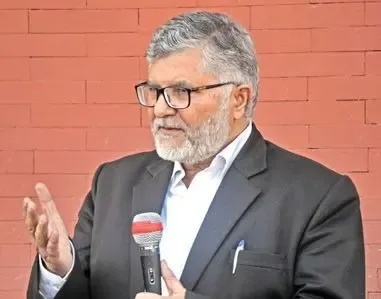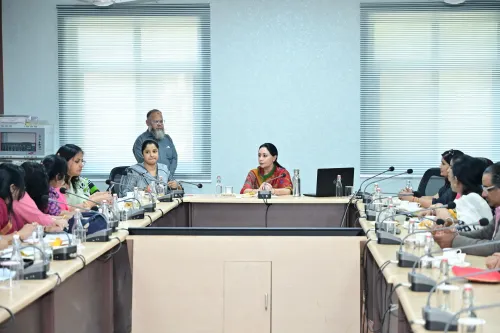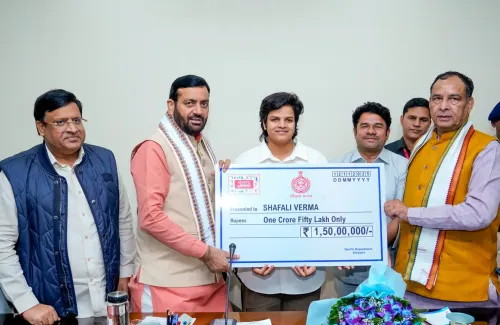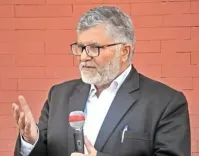What Are the New CCEA Green Flag Projects Worth Rs 6,405 Cr to Double Railway Lines?
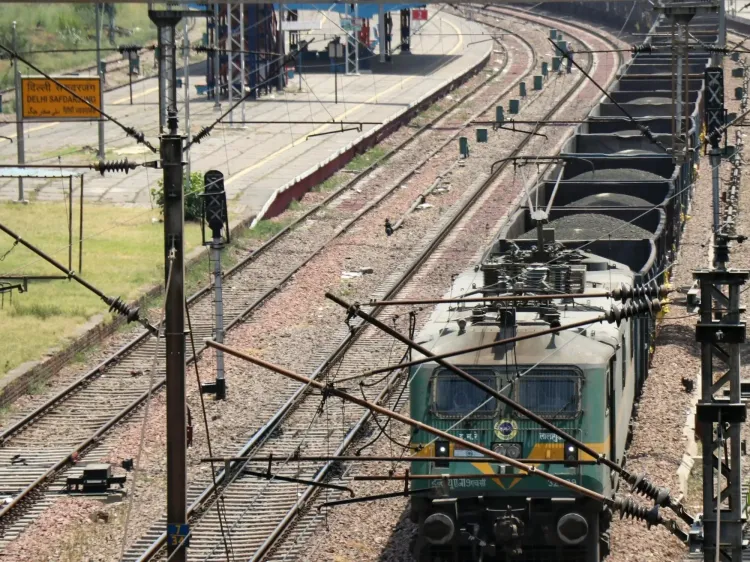
Synopsis
Key Takeaways
- The CCEA approved railway projects worth Rs 6,405 crore.
- Two key railway lines will be doubled, enhancing connectivity.
- The projects will create significant employment opportunities.
- About 1,408 villages will see improved rail access.
- Environmental benefits include reduced CO2 emissions and oil imports.
New Delhi, June 11 (NationPress) The Cabinet Committee on Economic Affairs (CCEA), led by Prime Minister Narendra Modi, has given the green light to two significant multi-tracking initiatives within the Indian Railways network, involving an investment of Rs. 6,405 crore.
The first initiative focuses on the doubling of the 133 km Koderma–Barkakana railway line, which runs through a key coal-producing region in Jharkhand. This line serves as both the shortest and most efficient rail route connecting Patna and Ranchi.
The second initiative pertains to the doubling of the 185 km Ballari–Chikjajur railway line, traversing through Ballari and Chitradurga districts in Karnataka and Anantapur district of Andhra Pradesh.
Spanning seven districts across Jharkhand, Karnataka, and Andhra Pradesh, these projects will extend the existing Indian Railways network by approximately 318 kms, generating direct employment for around 108 lakh human-days during the construction phase, according to official sources.
The approved multi-tracking projects will significantly enhance connectivity to approximately 1,408 villages, benefiting a population of about 28.19 lakh.
This expansion in railway line capacity will greatly improve mobility, leading to enhanced operational efficiency and service reliability for Indian Railways.
These multi-tracking projects aim to streamline operations and reduce congestion. They align with Prime Minister Narendra Modi's vision of a 'New India' that will empower local communities through comprehensive development, increasing employment and self-employment opportunities, the official statement noted.
The initiatives are part of the PM-Gati Shakti National Master Plan for multi-modal connectivity, enabled by integrated planning for seamless movement of people, goods, and services, as stated in the announcement.
These routes are vital for the transportation of commodities like coal, iron ore, finished steel, cement, fertilizers, agricultural products, and petroleum products. The capacity enhancement is expected to result in additional freight traffic of 49 MTPA (Million Tonnes Per Annum).
As an environmentally friendly and energy-efficient mode of transport, railways will contribute to achieving climate objectives, reduce logistics expenses, cut oil imports by 52 crore litres, and lower CO2 emissions by 264 crore kg, equating to the planting of 11 crore trees, the statement added.

